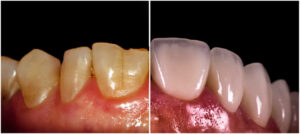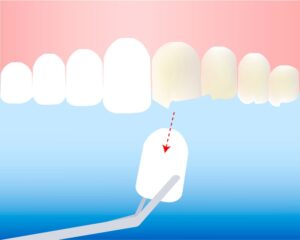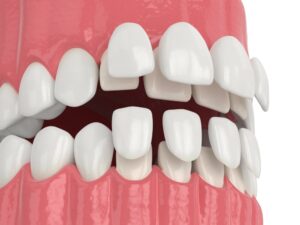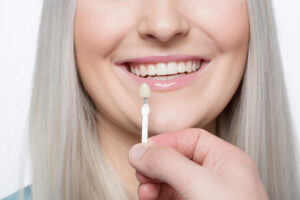If we made a comparison of Lumineers veneers vs. porcelain veneers, which would be in a better position? A good comparison must include both the advantages and disadvantages from all points of view and must be trustworthy when choosing between one treatment or another. This is precisely what we will do in this article: we will give you a solid understanding that will help you decide if Lumineers are a better or worse option than porcelain veneers for you.
We will be using official information, of good quality and well-founded, not rehashes of the same information that is always recycled between one blog and another on the Internet on these topics. In fact, we will be inserting links to the official websites of the brand and the manufacturer. Do not miss the table at the end, because in it we will summarize everything for you, and that will give you a better overview.
Ready for a stunning smile transformation? Discover unbeatable veneer specials in Miami and take the first step towards your dream smile. Don’t wait, schedule now and seize this limited-time opportunity!
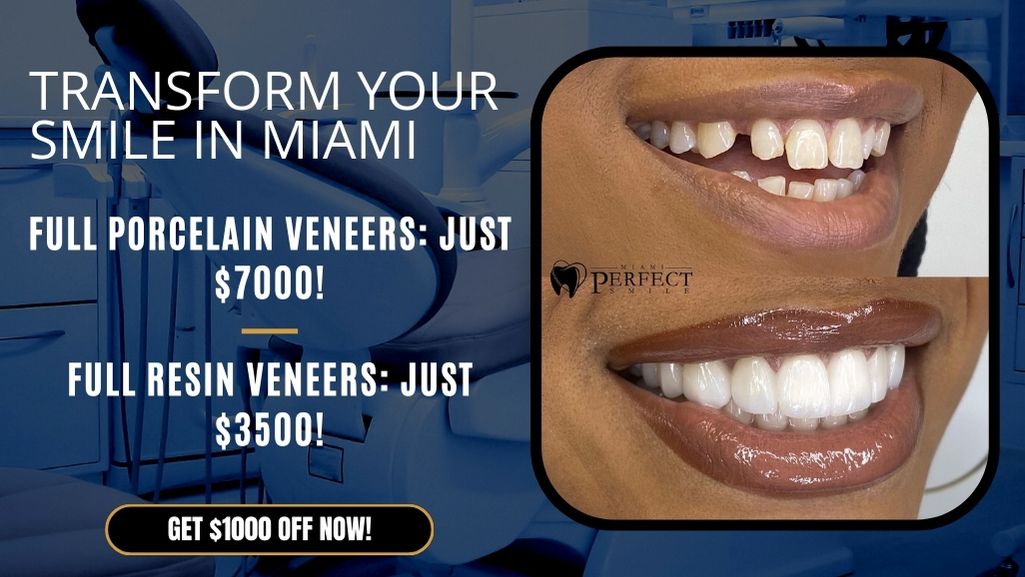
Lumineers veneers vs. Porcelain veneers
In general, dental veneers are a type of treatment, both aesthetic and restorative, and functional, which is usually considered permanent. This means that once veneers are placed on your teeth, they will probably have to continue to be used for life, given the previous tooth wear that they normally require for their placement. This is an important point for the topic of this article, so we will come back to it later.
In practice, the treatment of dental veneers consists of masking the visible or front part of the teeth with sheets of some material (whether resinous or porcelain ceramic) that has the special quality of being very similar to the natural enamel of your teeth, both in appearance and inconsistency. It is very common to put the veneers only on the upper teeth from canine to canine (the top 6 front teeth) since that is usually the part of the teeth that shows the most when smiling or speaking.

However, what is called “smile design” can go further, and mask the teeth both above and below, a little beyond the canines, that is, up to the first or second premolar. For economic reasons, it is about placing the least possible number of veneers. Veneers are usually charged per unit, due to which the cost of treatment will depend on the number of veneers to be placed.
The two main types of dental veneers (that is, the most used today) are those made of composite or resin and those of ceramic or porcelain. The porcelain ones are the ones we will be analyzing in this article. If you want to know details about other types of veneers, you will find articles with all the answers to your questions on our blog.
What are porcelain veneers?
Unlike composite veneers (which are made from composite resins that are shaped as they are applied to the teeth), porcelain veneers are made in a laboratory. For their preparation, the patient’s teeth, bite, and smile are taken in the clinic, from which the personalized porcelain veneers are manufactured. They require long hours of work by the technical staff of the laboratory, due to which their cost is higher than that of the composite ones.
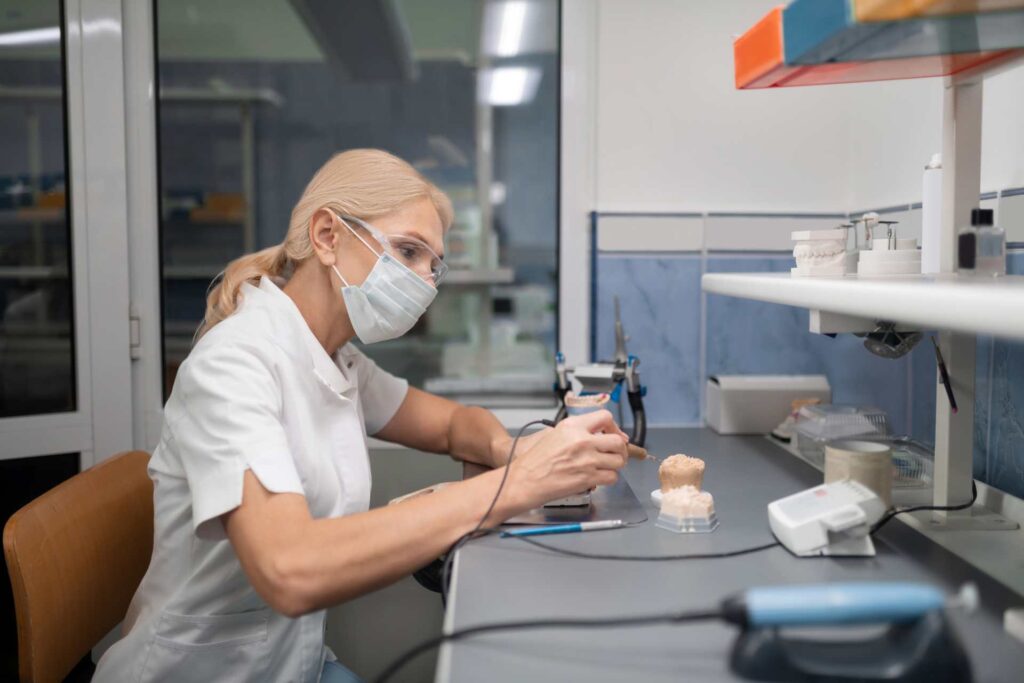
Porcelain is not necessarily material, but above all, it is a special way of working with ceramics. There are several types of porcelain veneers (basically three types) classified based on the material added to the porcelain during processing. The types of porcelain veneers are also distinguished according to the special qualities that are obtained as a result of the combination of specific ingredients. So we have three basic types of porcelain veneers:
- Traditional porcelain veneers: They are made from a mixture of kaolin, feldspar, quartz, and some other additives. Its appearance is quite similar to that of natural teeth in terms of consistency and color. They are the least expensive of the porcelain veneers, ranging in price from $340 to $450 per veneer. The last 10 to 15 years minimum.
- Zirconium veneers: They are made with the same mixture as traditional porcelain, but zirconium (zirconium or zirconia) is added, which is a transition metal, in addition to a minimum percentage of yttrium oxide. Like natural tooth enamel, they are translucent, thanks to which they take their color from the dentin of the teeth themselves. They have an average cost of between $565 and $730 for each veneer. They last up to 20 years or more.
- Lithium disilicate veneers: They are manufactured using a combination of ceramic and glass with lithium disilicate LS2. They are 3 times stronger than any other porcelain veneer. Thanks to this, they manage to be very fine and normally do not require prior wear of the teeth. Its cost ranges between $565 and $790 for each veneer. They can last 25 to 30 years or more.
There are also other porcelain veneers that are marketed under the name of a specific brand, and that includes some other more specialized material in their porcelain mix. We refer, for example, to the Emax veneers, to the Componeer, and of course, to the Lumineers veneers, which are the ones that we are analyzing in this article. However, it must be said that, despite the registered trademark, these veneers are still variants of porcelain veneers with relatively similar formulas, although with different additives.
Is treatment with porcelain veneers irreversible?
Once made from molds taken of the patient’s teeth and smile, all types of porcelain veneers (including Lumineers) are bonded to the respective teeth for which they were designed. For this, very durable special glues are used, but they are invisible and non-toxic to humans.
Something to note regarding porcelain veneers is that, in general, they require some wear of the tooth enamel for their placement. The objective of this is that the veneers occupy the place of the enamel so that they do not protrude and thus look as natural as possible. This is considered one of the main disadvantages of porcelain veneers and is what usually makes them a permanent and irreversible procedure. Once they are placed, much of the natural enamel is lost, and veneers must continue to be worn for life.
Given the above, it becomes important that the porcelain veneers be as thin as possible, but with enough consistency so that they do not fragment during daily use. In fact, the thinner the porcelain veneer (without implying that it loses strength or becomes brittle), the better quality it is considered. This is because thinner veneers require less tooth wear to place, or may even require no wear at all, just choosing the right color to look natural.
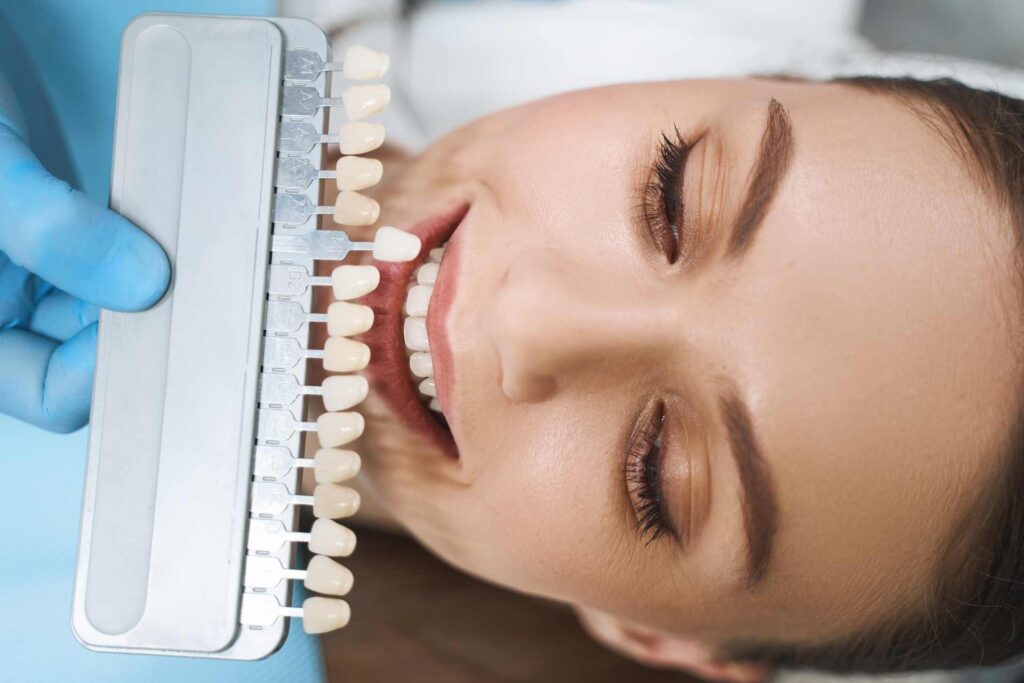
From this point of view, traditional porcelain veneers cannot be too thin, because they can break. The ceramic is not so resistant. On the other hand, the Lumineers, thanks to their special material, manage to be so fine without losing resistance, that they do not need any tooth wear. That is a huge advantage, as we will see below.
What are Lumineers veneers?
As we saw in the previous section, basically Lumineers veneers (a brand that is stylized as LUMINEERS®), from the point of view of their material, can be considered a type of porcelain veneers. What happens is that they are such a special type of porcelain veneers, that they are a registered trademark and generally considered advantageous over the others. According to the Californian company Den-Mat that created them 30 years ago , Lumineers are the #1 veneers of choice for patients, not just in the United States .
We already commented above that porcelain is not necessarily a specific material, but rather it is above all a special way of making ceramics. “Porcelain veneers” is more of a generic name, and that is why there are many different types of porcelain veneers. Specifically, the Lumineers are made from a porcelain new generation called Cerinate . Cerinate is feldspar-type porcelain (like traditional western porcelain, which is different from well-known Chinese porcelain). However, leucite nanocrystals are added to it.

Actually Lumineers (which means something like “luminous veneers”) is an appropriate name for these veneers, because among their characteristics they have:
- They are ultra-thin. They achieve a thickness of 0.3mm, making them probably the thinnest porcelain veneers on the market. However, they are not brittle and have a strength that is considered exceptional. This implies that its placement does not require wearing down the tooth enamel.
- Low-viscosity pressed glass technology, coupled with very high strength, allows for highly detailed molding and a highly polished surface. Thanks to this, a high level of imitation of natural teeth and a realistic-looking smile are achieved.
- The traditional porcelain veneer placement procedure is usually quite quick. But the placement of Lumineers is even faster. This is largely due to the fact that you do not have to grind your teeth to put them on.
- Today’s Lumineers are made from a newer material called Cerinate 2, which has a 30% higher strength level than the original Lumineers and allows the patient to wear the veneers for a considerable amount of time without showing any wear.
- Lumineers are made of translucent material, similar to an eye contact lens. This is a great advantage because they take on the natural color of the underlying tooth dentin. This also implies that sometimes you have to whiten your teeth before placing them.
- Being made of a combination of ceramics reinforced with nano leucite crystals (with a resistance of up to 216 MPa), the rate of wear due to normal daily use is extremely low. This, coupled with regular user care, promotes durability of 30 years or more.

The main advantage of Lumineers veneers is…
As we already mentioned, one of the most notable advantages of Lumineers-type veneers is that basically, you do not have to wear down your teeth to place them. This is a huge difference from other porcelain veneers, which generally require tooth grinding for placement. Because they do not require tooth grinding (except in exceptional cases), Lumineers veneers can be removed at any time, and the person will be able to continue using their teeth with natural enamel, without having to wear veneers for life.
The main disadvantage of Lumineers veneers is…
Almost unanimously, the vast majority of people consider that from a technical point of view, Lumineers veneers have no disadvantage. On the contrary, they have all the advantages that other types of veneers (both composite and porcelain) have only in part: they are highly durable and resistant, they are not brittle, they are very thin (they do not require tooth wear), and they emulate the shade and shape of natural teeth very well.
The only disadvantage of Lumineers veneers is not technical but economic: their high price. They usually cost from $800 or $1,000 at least and can be worth up to $2,000. Of course, we continue to refer to the price per unit, that is, per veneer. So a Lumineers veneer treatment, only on the upper teeth, from canine to canine (that is, 6 teeth), would cost between $4,800 and $12,000. And a complete smile design, from canine to canine in both the upper and lower teeth (that is, 12 teeth), would cost between $9,600 and $24,000 .
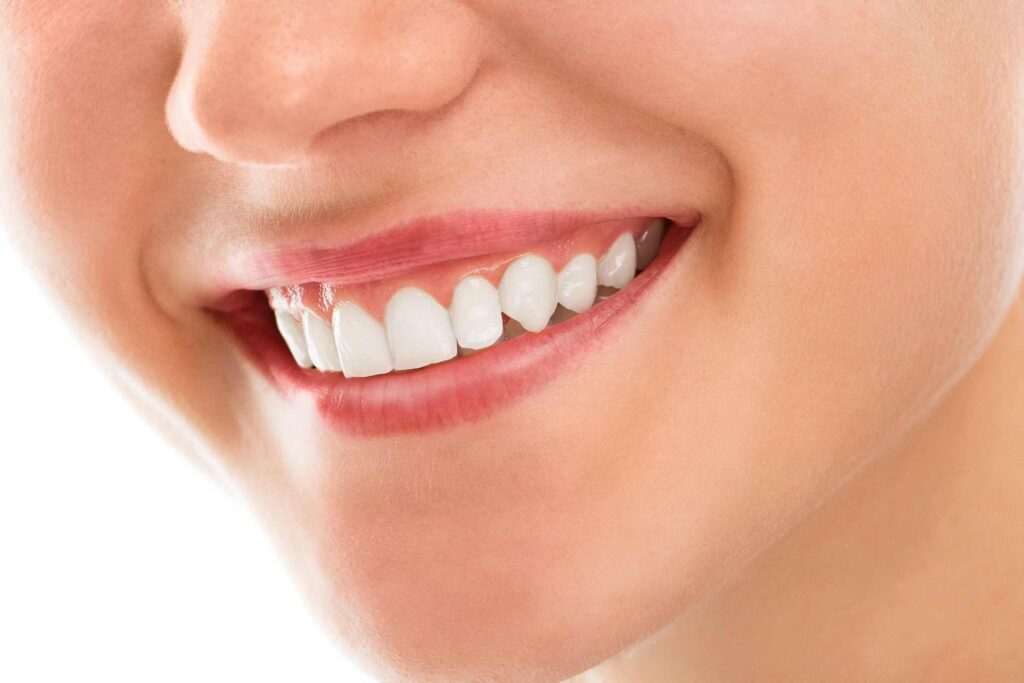
As you can see, we are only giving a price range. The exact price will depend on factors such as the level of qualification of the technical staff or the location of the clinic. In peripheral cities, the Lumineers cost less than in clinics located in large urban areas. Therefore, to know the specific price, you have to inquire at the clinic. Many clinics already included in the price any other test or measurement that needs to be done in each case.
Of course, beyond the price, the durability of the Lumineers doubles and even triples the duration of veneers of any other type, including traditional porcelain. Some people come to consider these veneers as an investment, since, by choosing less expensive veneers, they would also be betting on shorter duration, and for new payments in half or a third of the time that the Lumineers last.
Not to mention while the other veneers are considered a permanent treatment, in the case of the Lumineers the patient can choose to ask the dentist to remove them at any time, and continue with the enamel of their natural teeth.
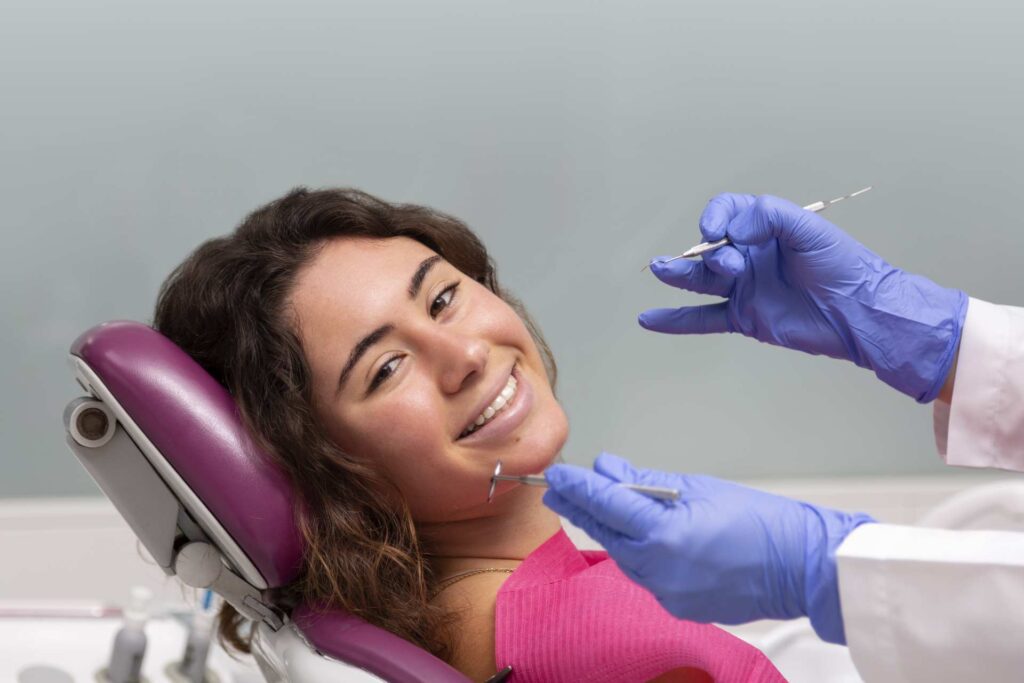
Lumineers vs. porcelain veneers (comparative table)
As we promised at the beginning of this article, here is a comparative table of Lumineers vs. Porcelain veneers. Always keep in mind that Lumineers are a type of porcelain veneer, so there will be several features that are common to both types of veneers. But thanks to the same, the differences between the two will be quite noticeable.
When we refer to porcelain veneers in the table, we will be encompassing the three types of veneers that we saw above (traditional porcelain, zirconium, and lithium disilicate). So we will be making a generalization of the characteristics, and an average between the price ranges.
| COMPARISON TABLE OF LUMINEERS VS. PORCELAIN VENEERS | ||
| CHARACTERISTIC | Lumineers Veneers | Porcelain veneers |
| Price per unit, per complete set and per smile design. | The price usually ranges between $800 and $2,000 for each veneer. A complete set (6 teeth) can cost between $4,800 and $12,000. A full smile design (about 12 teeth) typically costs between $9,600 and $24,000. | They cost from $340 to $790 for each veneer (the price depends on the type of porcelain veneer to be placed). A complete set usually costs between $2,000 and $5,000, and a smile design costs between $4,000 and $10,000. |
| Who is a good candidate to use them (age) | Technically they can be placed in people of any age who need them. As long as they do not require enamel wear, and as long as it is not for aesthetic reasons but for reconstructive reasons, they can be placed even in children who still have deciduous dentition. However, in these cases, composite veneers are usually preferred. | They can be placed on people of any age who need to repair dental wear or trauma or for aesthetic reasons. In practice, they are not recommended for children under 18 years of age, and they are never placed in children under 7 years of age, since the permanent dentition will replace the deciduous one, and will correct any dental problem. |
| Main advantages | They have the same advantages as any porcelain veneer. But to this is added that the fine material allows not having to wear down the dental enamel to place them. | Their main advantages are their resistance, their durability, their personalized appearance almost identical to natural tooth enamel, and how fast they are placed. |
| Main disadvantages | The most notable disadvantage is the price, which can double or even triple that of other veneers, including traditional porcelain and new types. They are the most expensive veneers. | The main disadvantage is that to put them on you have to wear down the tooth enamel irreversibly. The relatively high price can also be seen as a disadvantage. |
| Aesthetics and conservation | Their color is almost identical to natural enamel, and despite their long duration, they do not darken over time or suffer noticeable wear from use. Porcelain is not normally vulnerable to changes in color due to the effect of food or food dyes. | Their color is almost identical to that of natural teeth. They do not lose their shine or darken over time. Those around you do not notice that you wear veneers, especially if they are highly aesthetic, such as zirconium veneers, which are translucent and take on the color of natural dentin. |
| Manufacturing | After taking a bite sample from the patient, they are made from feldspathic porcelain, but with the addition of leucite nanocrystals using low-viscosity pressed glass technology. This material is called Cerinate. Today’s Lumineers are made from a newer material called Cerinate 2, with a 30% higher strength level than the original Lumineers. | They are manufactured with porcelain in the laboratory, for which personalized samples of the patient’s teeth are previously taken and a previous design is made according to their expectations. Traditional porcelain is usually made from kaolin, feldspar and quartz. But depending on the type of veneer, ingredients such as zirconium, glass with LS2 lithium disilicate, etc. are added. |
| Placement time | They are placed quickly and easily, just like any other porcelain veneer. But since they usually don’t require prior tooth wear, they set faster. | They are placed one by one on the corresponding tooth according to a previous design. This placement, with few exceptions, is done during 1 or 2 sessions in the dental clinic. |
| Need to grind teeth | Its ultra-thin material (0.3 mm) means that no type of tooth wear is normally required to place them. In some exceptional cases, minimum wear of the tooth is required. | They require some level of tooth wear to look natural. The finer the veneer, the less tooth wear is required. Lithium disilicate does not require tooth wear. |
| Durability | Lumineers are among the most durable porcelain veneers, averaging 30 years of use. If the patient takes care of them, they can last even longer. Cerinate 2 Lumineers can last longer than the originals. | Depending on the type of porcelain veneer, the durability is from 15 years (traditional porcelain) to 30 years (lithium disilicate), if the same care and hygiene measures are followed as for a natural denture. |
| Consistency and adherence | They are not brittle at all. Despite its extreme thinness, its chemical composition favors a remarkable resistance. They adhere very well to the teeth, but they depend on the quality of the glue. | They are a little more brittle than Lumineers, but if they are not subjected to heavy bites or misuse, they do not tend to break. Its level of adhesion also depends on the quality of the glue. |
| Resistance to aggressive external agents | All-porcelain veneers are highly resistant to common substances such as citric acid, alcohol, antibiotics, or mouthwashes. They are even more resistant than natural enamel. | All-porcelain veneers are highly resistant to common substances such as citric acid, alcohol, antibiotics, or mouthwashes. They are even more resistant than natural enamel. |
| Comfort level when wearing them | They are highly comfortable, to the point that the patient forgets that they are wearing them. As they do not require dental wear, they do not bother you, they are just put on. | They are highly comfortable, to the point that the patient forgets that they are wearing them. But at first, they can bother a little due to wear and dental sensitivity. |
| Biological reactivity and hygiene | The surface is extremely smooth and polished, and the composition is inert, so they do not trigger biochemical reactions in the mouth. They tend not to easily retain tartar or plaque. They are even more hygienic than natural tooth enamel. | The surface is extremely smooth and polished, and the composition is inert, so they do not trigger biochemical reactions in the mouth. They tend not to easily retain tartar or plaque. They are even more hygienic than natural tooth enamel. |
| Follow-up after placement | Normally they do not require any medical follow-up, although it is recommended to visit the dentist according to the normal frequency. | Normally they do not require any medical follow-up, although it is recommended to visit the dentist according to the normal frequency. |
| Radiopacity (sensitivity to X-rays) | They are translucent and closely match the density of natural enamel, so the underlying teeth can be easily X-rayed. | Density is very similar to that of natural enamel, which allows the underlying teeth to be explored with X-rays. This is especially true for those made of zirconium. |

Possible origin of the name Lumineers
Regarding the name of the Lumineers veneers, many people wonder about its origin. Apparently, the word lumineers is usually in popular use in the English language, although it does not appear in the dictionary. It’s sort of slang, and it’s used a bit jokingly to refer to a music star who is a bit of a poser. Although this may have had some echo in the case of the name of the Lumineers veneers, it seems that the brand is more of an acronym, that is, a word made up of fragments of other words.
Actually, we have not been able to find the reference of the origin of the name of the veneers in any official source. However, it can be deduced that the name Lumineers comes from an acronym: the beginning of the word luminous (‘luminous’) or luminary (‘luminaria’ or ‘very bright star’) + the end of the word veneers (‘veneers’), with which we obtain that the name Lumineers is equivalent to saying “luminous veneers” or something similar. It is quite cumbersome to find information about Lumineers veneers online, as all the search engines continually return a huge amount of results referring to the popular American folk-rock band The Lumineers, not the Lumineers veneers created by Den-Mat Holdings . , LLC , a dental products corporation. By the way, it is not at all strange that Lumineers veneers have been created by Den-Mat , which is based in California, where Hollywood itself is based: movie and television stars are undoubtedly still the main users of these veneers.



